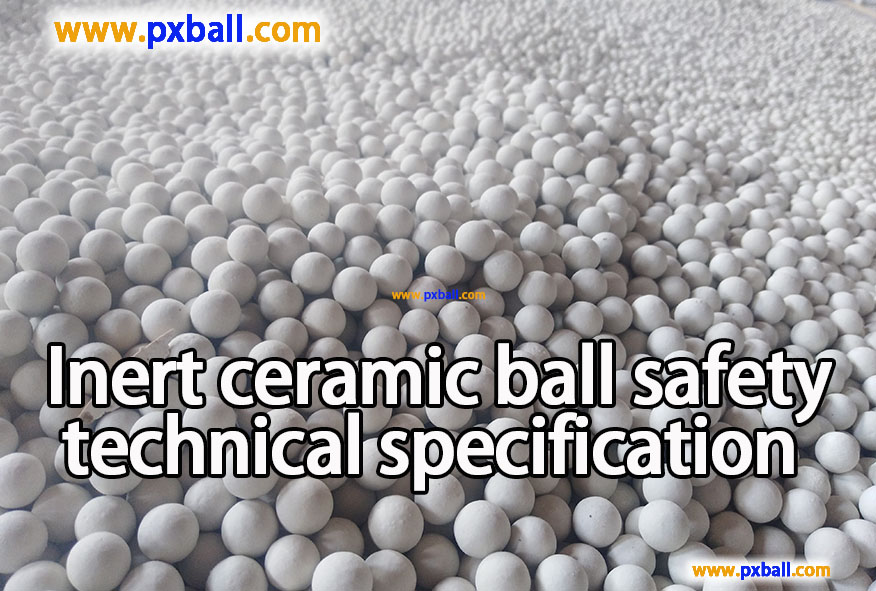
Inert ceramic ball safety technical specification
This is an article about the inert ceramic ball safety technical instructions, which includes the treatment of various inert ceramic balls
1, chemical and enterprise identification
Chemical Chinese name: inert ceramic ball
Chemical name: Inert Ceramic Balls
Supplier Address: Xiangdong Ceramics Industrial Park, Pingxiang City, Jiangxi Province
Supplier Tel: +86-139799137401
Email: lizhi@pxall.cn
2. Composition/composition information
Main components: Inert ceramic ball main components are alumina (Al₂O₃), silicon oxide (SiO₂) and other ceramic materials. Its chemical properties are stable and do not react with most chemical substances. For example, inert ceramic balls with high alumina content have good resistance to high temperature and chemical corrosion.
3. Overview of Risks Health hazards
Inert ceramic balls are usually solid particles, which generally do not cause direct harm to human health during normal use and treatment. However, if you inhale a large amount of porcelain ball dust, it may stimulate the respiratory tract, causing symptoms such as coughing and sneezing. Prolonged or excessive inhalation may lead to lung diseases such as pneumoconiosis. - If there are harmful substances adsorbed on the surface of the porcelain ball, it may cause irritation, allergy and other reactions after contact with the skin or entering the eyes. The inert ceramic ball itself is chemically stable and has little impact on the environment. However, if a large number of porcelain balls enter the natural water body or soil, it may affect the soil structure and water ecosystem. For example, occupy the water space, affecting the living environment of aquatic organisms; In the soil, it may hinder the growth of plant roots and water penetration. Flammability hazard: Inert ceramic balls are not flammable and explosive.
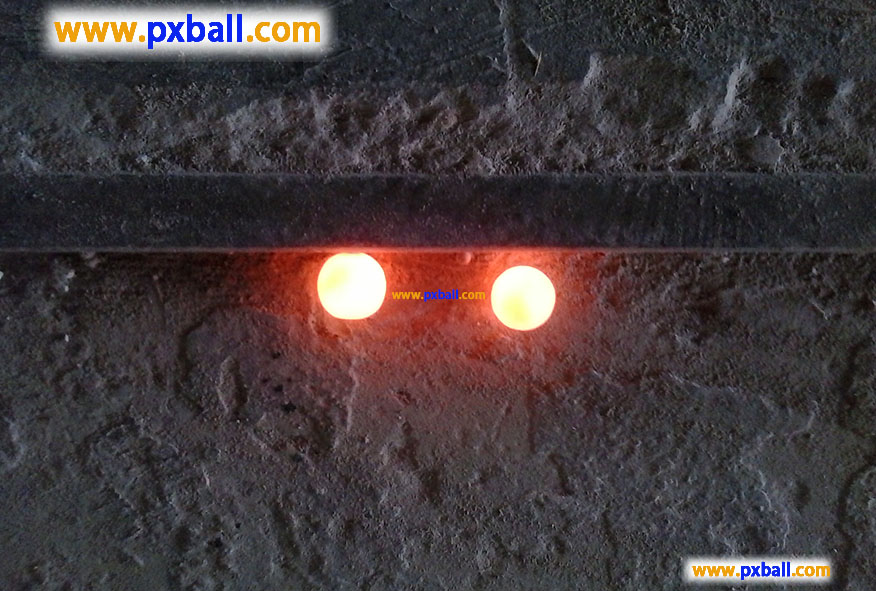
4. If you inhale porcelain ball dust, leave the scene immediately and transfer to a place with fresh air. - Keep airway open and give oxygen if breathing is difficult. - If breathing stops, give artificial respiration immediately and seek medical attention as soon as possible. Skin contact If the porcelain ball touches the skin, remove contaminated clothing immediately. - Rinse skin with plenty of running water for at least 15 minutes. If the skin appears red, swollen, itching and other symptoms, should seek medical attention. Immediately lift eyelids and rinse eyes thoroughly with plenty of running water or saline for at least 15 minutes. - Be careful when rinsing to avoid eye damage. Seek medical attention as soon as possible. Ingestion Under normal circumstances, inert ceramic balls will not be ingested. If ingested, do not induce vomiting, drink plenty of water immediately. And seek medical attention as soon as possible, with the porcelain ball sample, so that the doctor can diagnose.
5,the dangerous characteristics of fire protection measures: non-combustible, in the case of fire will not burn or combustion. Fire extinguishing method and extinguishing agent: no special fire extinguishing measures are required. If there are other flammable substances around the fire, you can use fire extinguishing agents suitable for extinguishing the flammable substance, such as dry powder fire extinguishers, carbon dioxide fire extinguishers, etc. Fire extinguishing precautions: During the fire extinguishing process, fire personnel should pay attention to prevent the porcelain ball from rolling under the impact of heat or water flow to avoid personal injury.
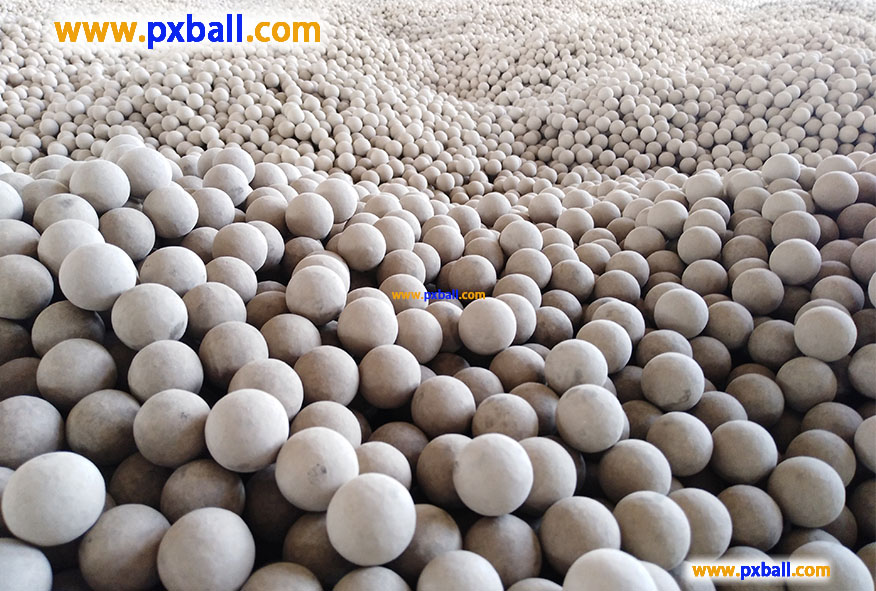
6.Emergency treatment of a small amount of leakage: if it is a small amount of inert ceramic ball leakage, the broom and dustpan can be used to clean the collection, put into a suitable container to avoid the porcelain ball into the drainage pipe. - A large number of leaks: for a large number of leaks, the leak area should be isolated to prevent unrelated personnel from entering. Use shovels, loaders and other tools to collect the porcelain balls and store them in special storage places. Environmental protection measures: During the cleaning process, attention should be paid to avoid porcelain balls entering the natural environment. If the porcelain ball enters the water body or soil, measures should be taken in time to clean up and reduce the impact on the environment.
7. Operation, Disposal and Storage Operation Precautions Operators should wear appropriate personal protective equipment, such as dust masks, protective gloves and goggles. - During handling and operation, be careful to avoid falling porcelain balls and injuring people. - Avoid severe collision and friction of porcelain balls, so as not to produce dust. Storage precautions should be stored in a dry, well-ventilated warehouse. - Avoid mixing with acid, alkali and other corrosive substances to prevent the porcelain ball from being corroded. - When storing, the porcelain balls should be stacked neatly to prevent the collapse of the danger.
8, contact control/personal protection occupational exposure limit: at present, there is no special occupational exposure limit for inert ceramic ball dust, but the production and inhalation of dust should be minimized during the operation. Monitoring methods: Air sampling and dust concentration detection equipment can be used to monitor the dust concentration in the workplace. Engineering control: Ventilation system is used to ensure good ventilation in the workplace and reduce dust concentration. In the operation process that may produce dust, a local dust suction device can be set up. Personal protective equipment Respiratory protection: When working in a dust environment, you should wear a dust mask that meets the standard, such as a N95 mask. Eye protection: Wear protective glasses to prevent porcelain ball dust or debris from entering the eyes. Body protection: Wear work clothes to avoid direct skin contact with the porcelain ball. Hand protection: Wear protective gloves, such as rubber gloves or cotton gloves, to prevent hand injury or contact with harmful substances adsorbed on the porcelain ball.
9. Physical and chemical properties Appearance and properties: inert ceramic balls are generally white or off-white spherical particles with smooth surface and uniform size. Its diameter can vary from a few millimeters to tens of millimeters according to different uses. Melting point: Because it is a ceramic material, the melting point is high, generally around 1700-2000 ° C, and the specific melting point varies due to different components. Boiling point: None (will not boil under normal use conditions). Density: The density is usually large, around 2.4-3.0 g/cm³, which is greater than the density of water. Solubility: Insoluble in water and most common organic solvents.
10, stability and reactive stability: inert ceramic ball at room temperature and pressure is very stable, not easy to decompose, chemical properties are not active. Taboo: Avoid long-term contact with strong oxidants, strong acids, strong alkalis, although its own has a certain corrosion resistance, but long-term contact with these substances may affect the performance of the porcelain ball. Polymerization hazard: Polymerization will not occur.
Toxicological data - At present, there are few toxicological studies on inert ceramic balls, mainly considering the possible effects of dust inhalation on the respiratory system. As mentioned earlier, inhaling large amounts of dust may cause respiratory irritation and lung disease.
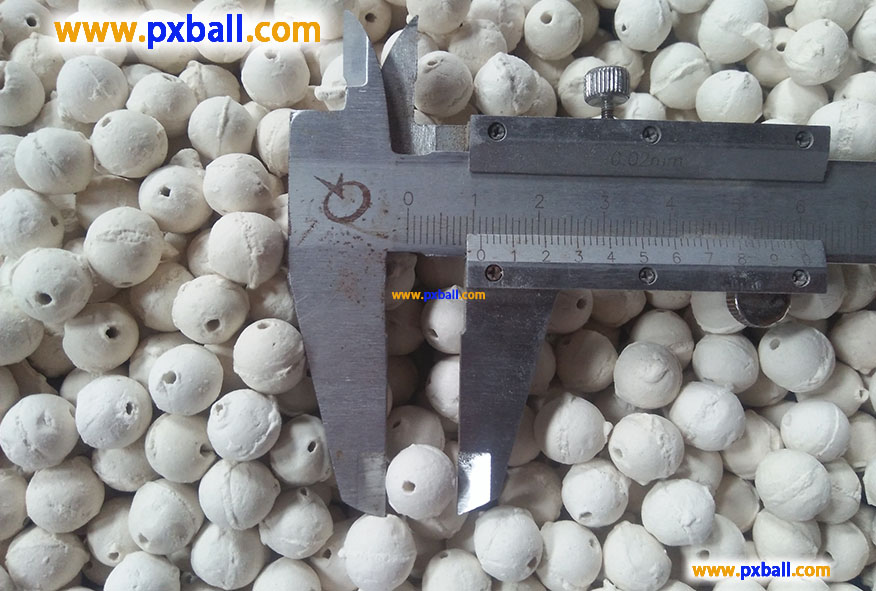
11, ecological data ecological toxicity: inert ceramic ball itself ecological toxicity is low. Biodegradable: Almost non-biodegradable. Non-biological degradation: In the natural environment, inert ceramic balls are physically and chemically stable, and non-biological degradation is difficult to occur.
12, waste disposal waste disposal method if the inert ceramic ball is only surface pollution, it can be cleaned and reused. - For porcelain balls that cannot be reused, they should be disposed of in accordance with local solid waste management regulations. It can generally be sent to a landfill for landfill treatment. In the process of waste disposal, it is necessary to ensure that the porcelain balls will not cause secondary pollution to the environment, such as avoiding scattering during transportation.
13, Number of dangerous goods: not dangerous goods, no dangerous goods number. UN number: None. Packaging category: Generally using woven bags, plastic drums or wooden cases, the specific packaging method according to the use of porcelain balls and customer requirements. Packaging marks: can be marked "fragile items", "moisture protection" and other marks. During the transportation process, the porcelain ball should be prevented from severe vibration, collision and rain. - Handle carefully to avoid damage to the porcelain ball packaging. If it is a long distance transportation, it is necessary to check the packing regularly.
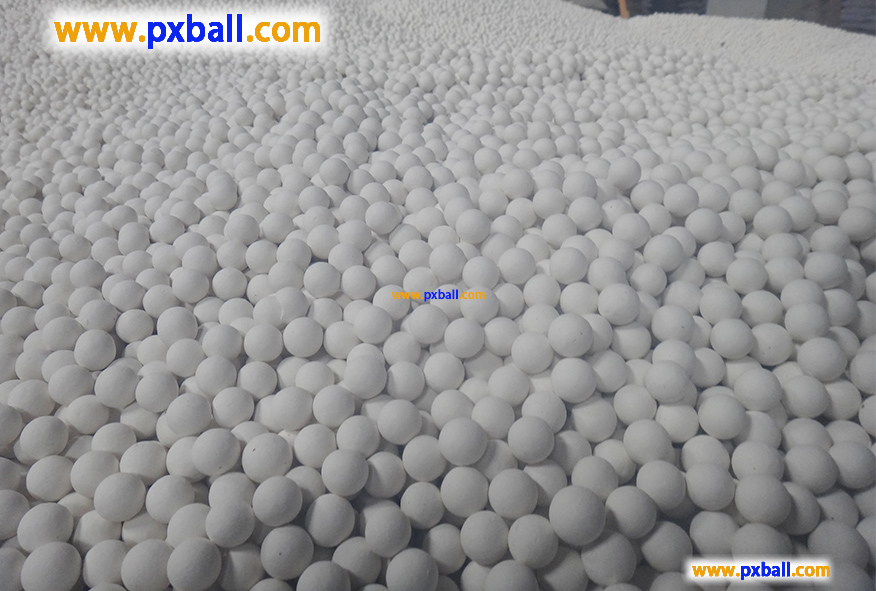
Catalyst Inert Ceramic Packing Process
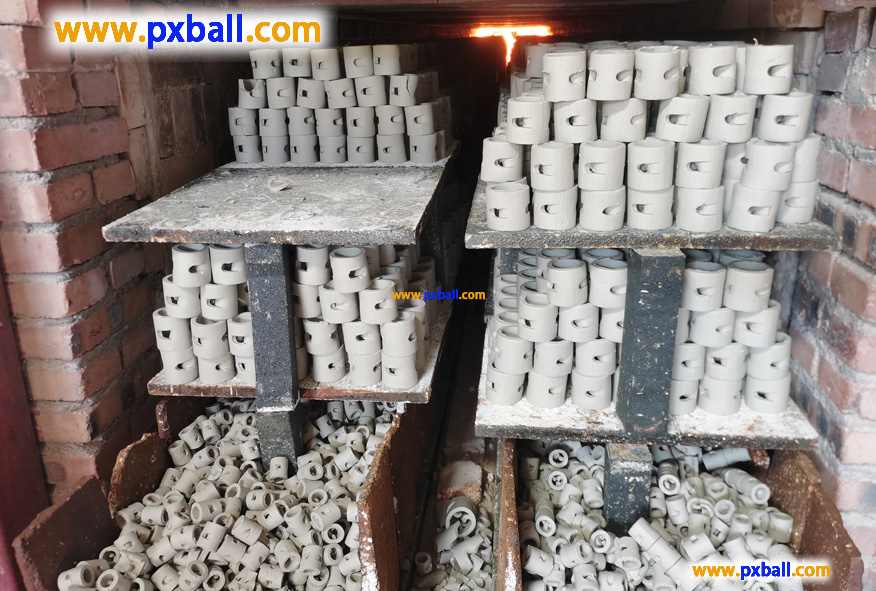
Is ceramic an inert waste?
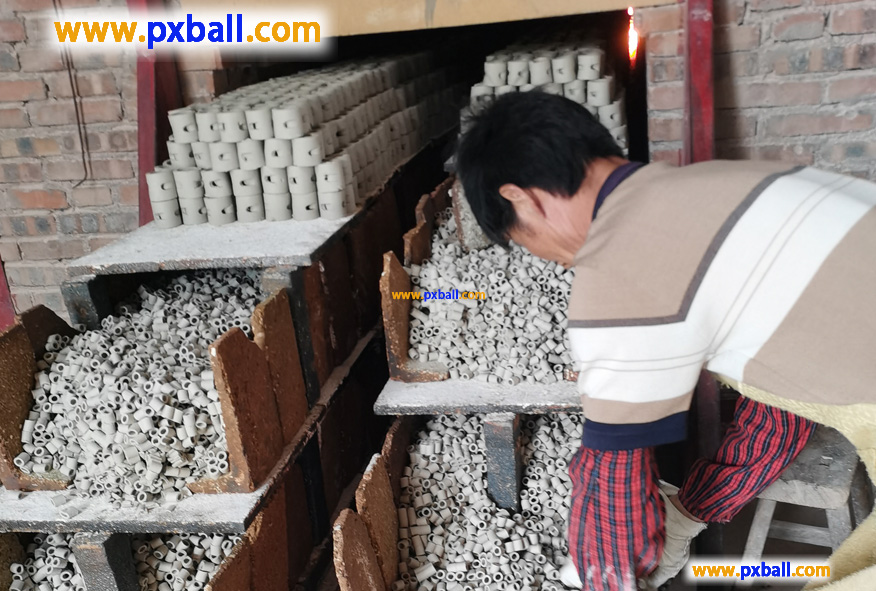
Are ceramics chemically inert?
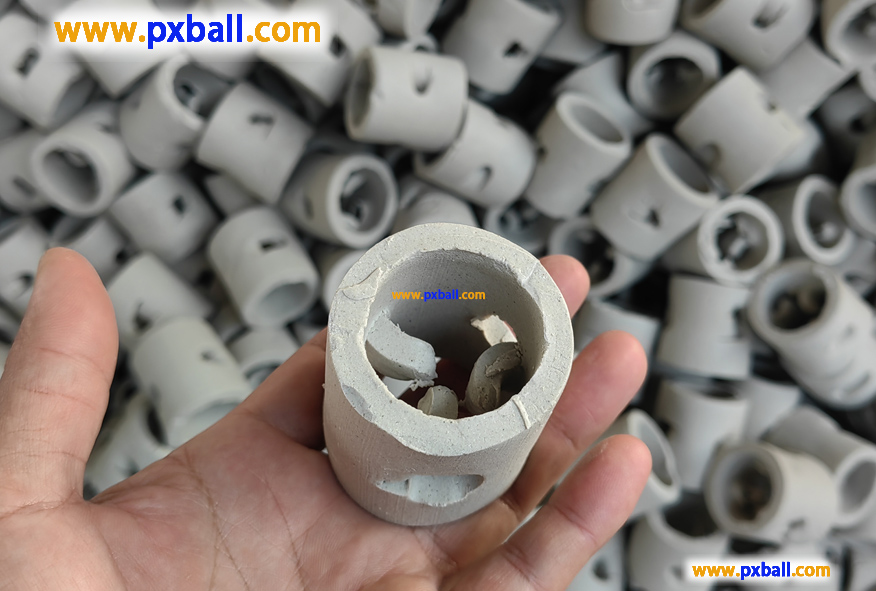
What is inert ceramics?
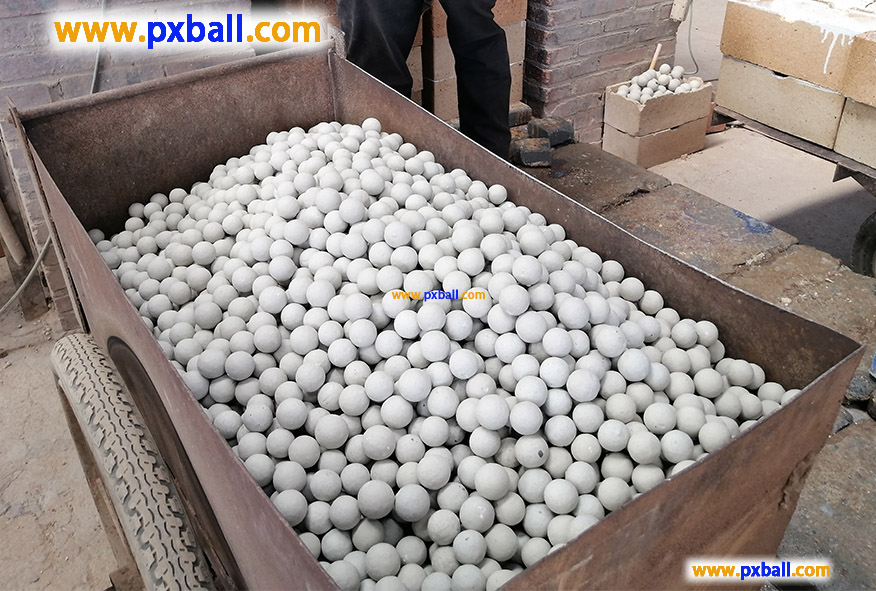
inert alumina ceramic ball density

Why do inert ceramic balls emphasize the level of aluminium content?
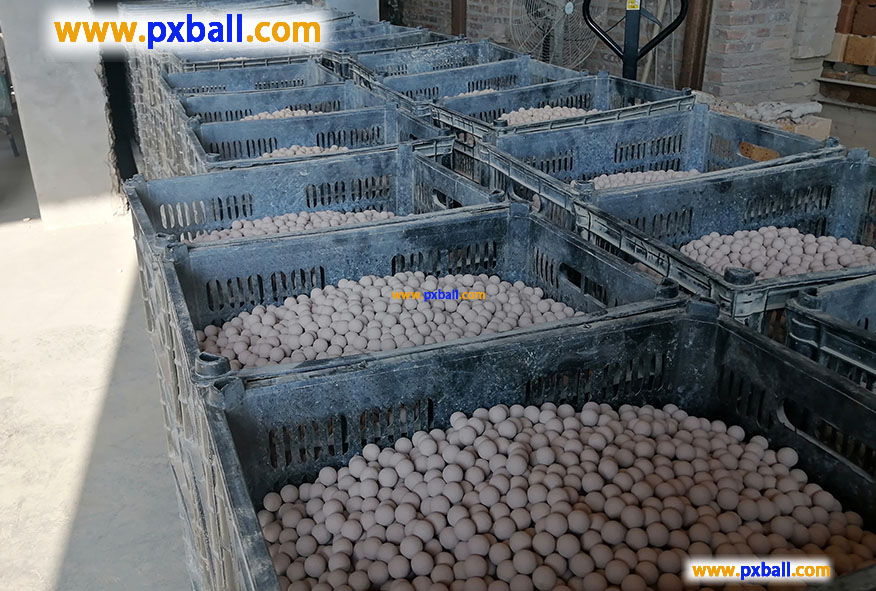
What are alumina ceramic balls used for?
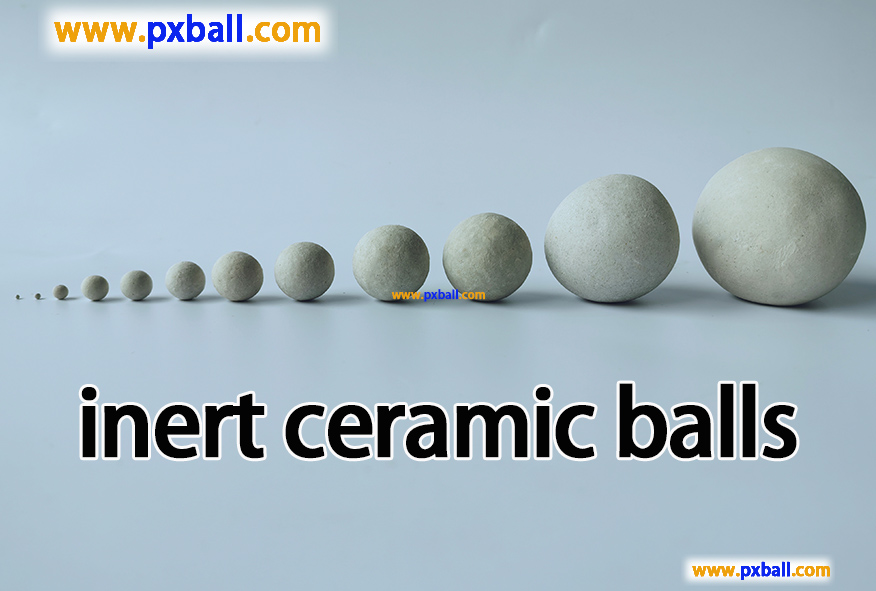
What is inert ceramic ball?